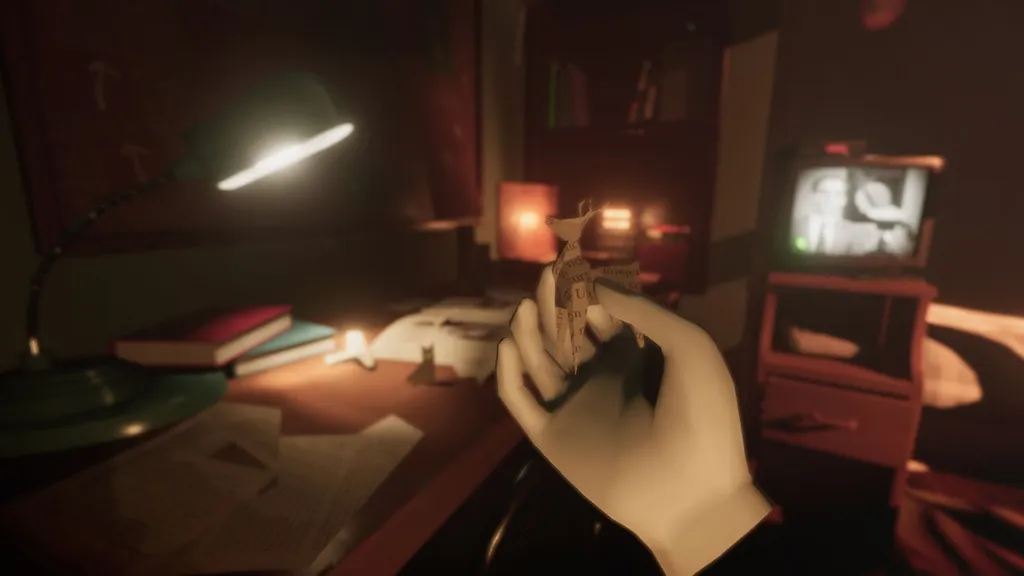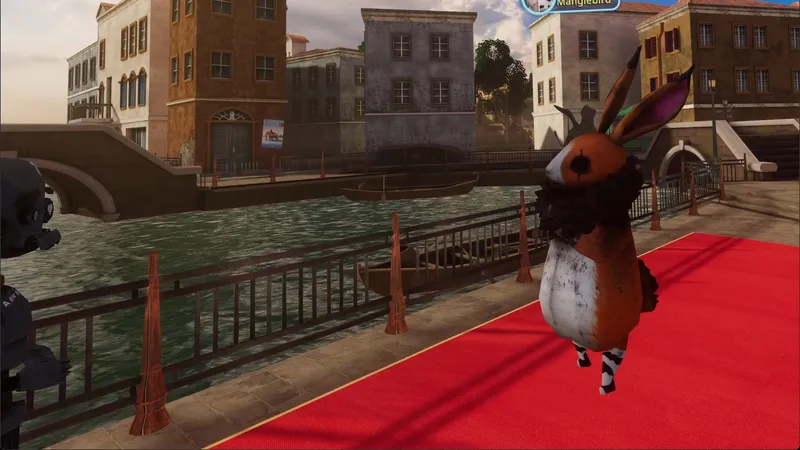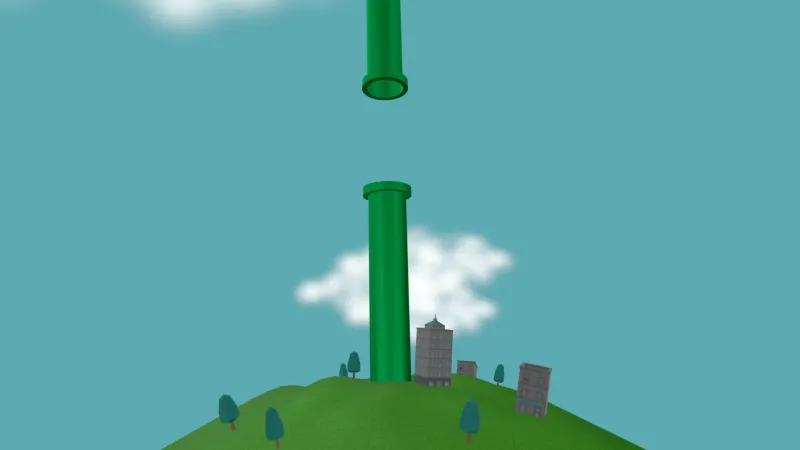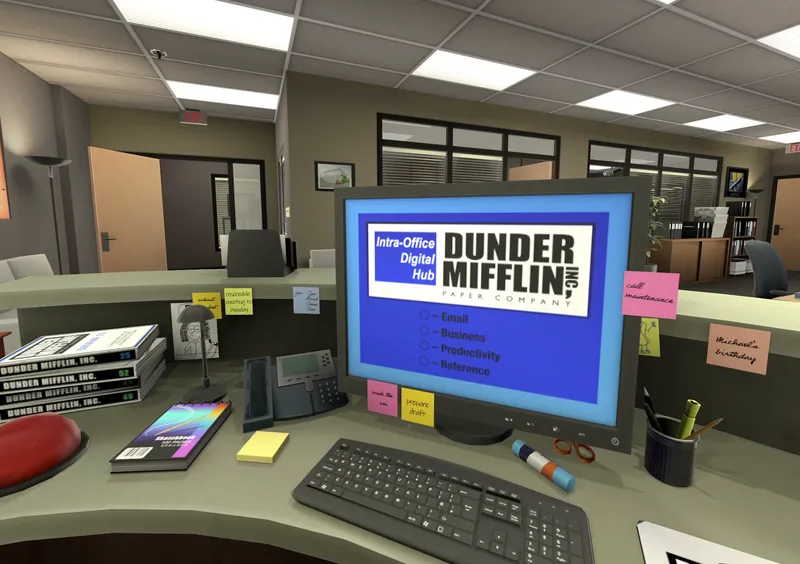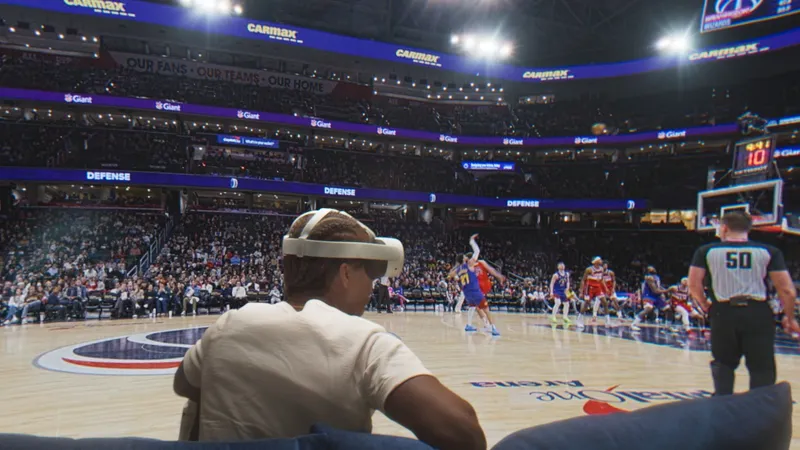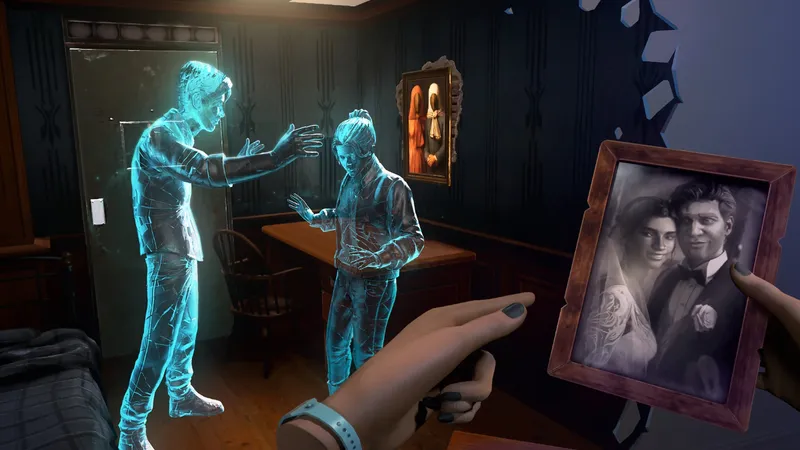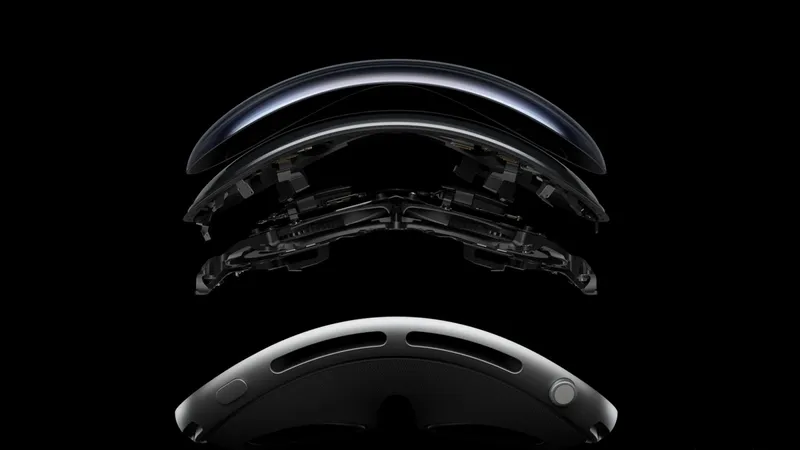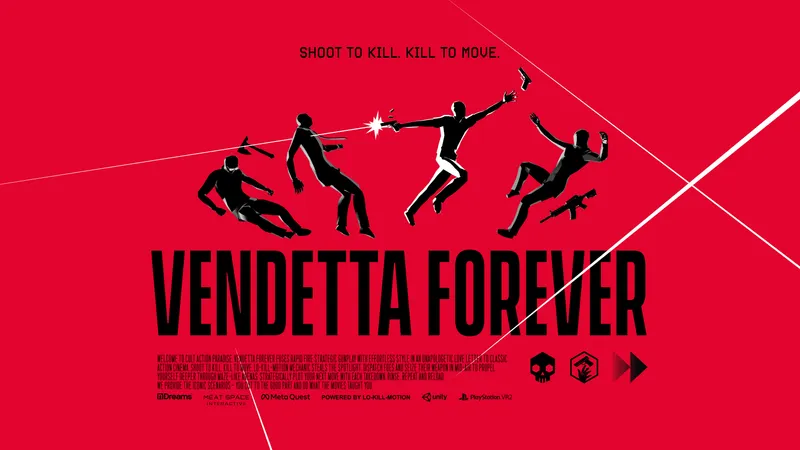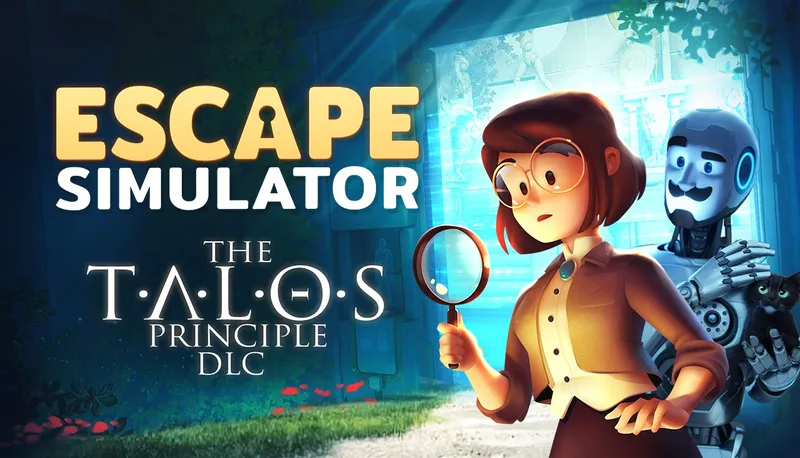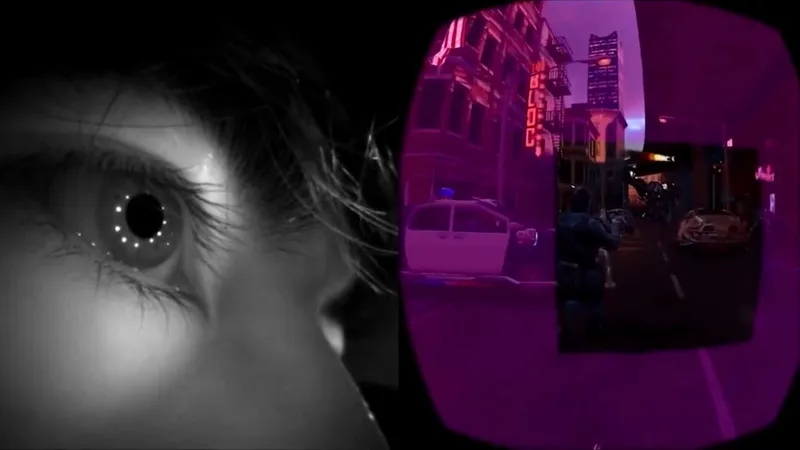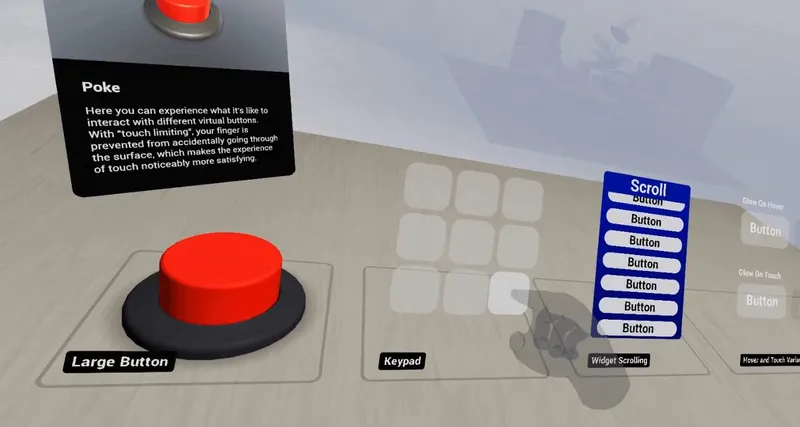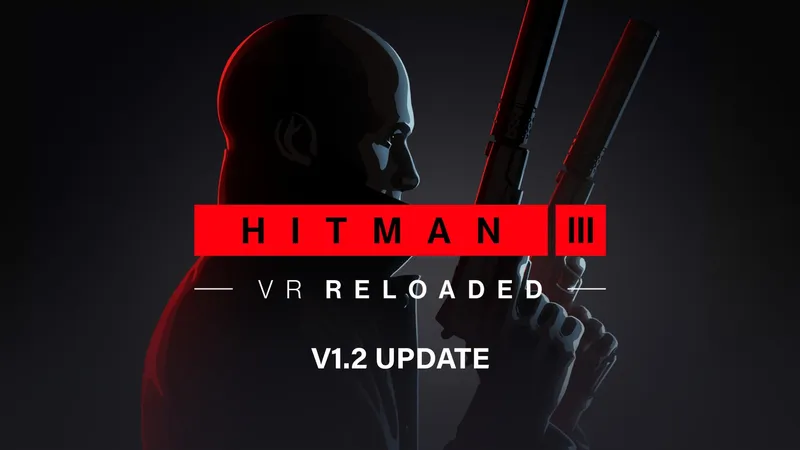Remember your first steps in VR? I know I do: they were in Cloudhead Games’ The Gallery, and I was afraid I might accidentally step on virtual broken glass and cut my foot. It was one of those rare moments in that, just for a fleeting second, I was fully immersed in the world around me. The ability to walk played a big part in that. Launch-era VR was full of these kinds of revelations, from the haunted square spaces of Chair in a Room to the frantic freedom of Job Simulator. Sadly, you don’t really see much of it anymore.
You can understand why; the reality is that many of us don’t have enough open space to make full use of room-scale tracking, at least not without breaking a mirror or two. For now, the industry seems to be settling on functional — if less-immersive — smooth locomotion as an alternative. Maze Theory hasn’t forgotten the magic of room-scale VR, though, and it’s exactly what makes The Vanishing Act so enticing.
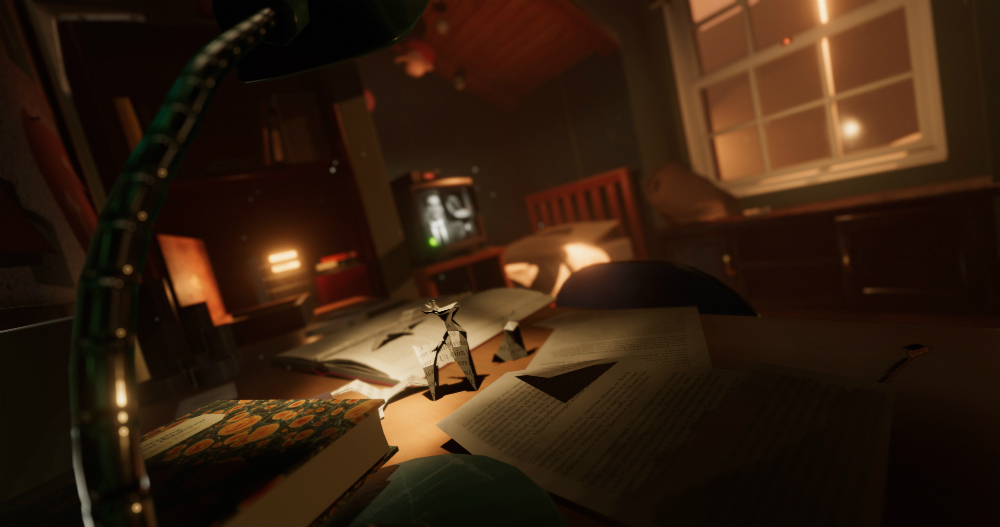
We covered the launch of this new UK-based studio a few weeks back. The team caught our eye not because it was promising to make the biggest VR games or the best multiplayer, but with a pledge to focus on genuinely unique VR storytelling. The Vanishing Act is proof of that: it’s a tight narrative experience that mixes the jungle gym physical thrills of something like Triangular Pixel’s Unseen Diplomacy with the thoughtful, environment-driven storytelling of more traditional games like last year’s What Remains of Edith Finch.
“I think people have got to push this where they can.” Marcus Moresby, VR Director at the studio, tells me when I see an early Alpha version of the piece, likening this strand of VR to immersive theater. “I want there to be intrigue within this project where people will talk about their thoughts, like underlying little theories and secrets that people won’t find on their own but might uncover them together.”
“I almost think there’s a bit of an interesting quandary in VR,” CEO Ian Hambleton adds. “People that have got it are the gamers at the moment, but it’s maybe even more mass market, ironically. Because it’s really suited to this kind of entertainment.”
Story-wise, the experience’s premise touches upon well-worn themes for VR. Dr Pelham, an acclaimed inventor, is working on his greatest creation yet, a machine that lets you explore other people’s memories. Pelham perishes under mysterious circumstances, though, and the multi-billion dollar company funding his research employs you the jump into his past using the machine and uncover the whereabouts of his research so that work on the project might continue. Suffice to say it’s not as straightforward as it sounds.
The Vanishing Act struck me as a more somber take on Inception, not just in its plot but in how the real intrigue comes from the worlds it creates. Starting on the top of what looked like a temple, I sheepishly navigated around an open space as if learning to walk again after two years of VR rooted to the spot. As I grew accustomed to my surroundings, an elevator appeared, inviting me in and taking me to another floor. Here I found tight corridors that would shift around as I rounded right-angled corners, aware that the piece was cleverly plotting a path around its room-scale limits.
Much of the intrigue comes from this constant reinvention of the environment. Traversing The Vanishing Act’s connecting rooms really makes you feel like you’re really there, establishing a crucial sense of presence for when you step into larger spaces. In these, you’ll find sets from Pelham’s past life, lovingly littered with memorabilia like Nintendo consoles and posters that paint a picture of a childhood many of us can relate to. It’s a little like Ready Player One’s own nostalgia-driven worldbuilding.
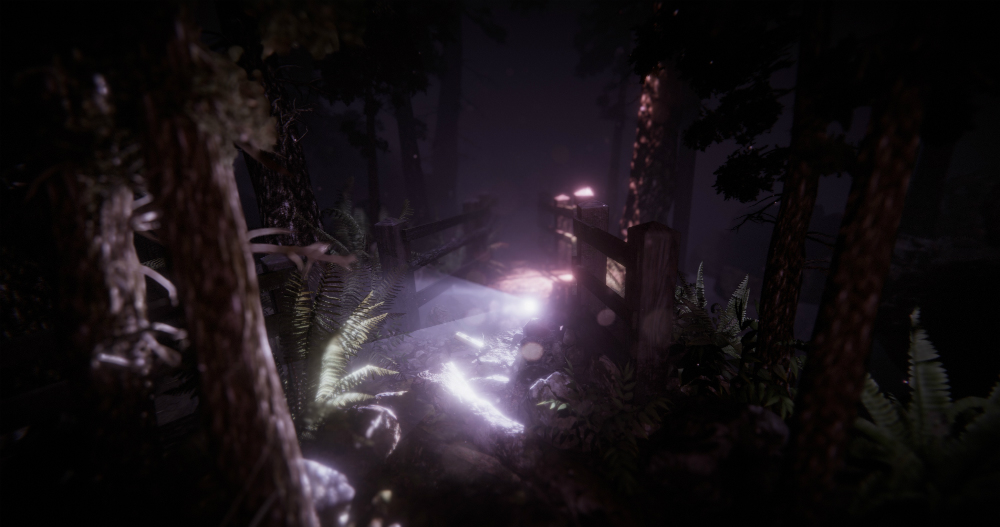
At one point the corridors are traded in for a marshy woodland, giving a bit more of a sense of freedom and expansion as I navigate paths lined with trees and rocks that let me look out beyond. These scenes were captured using photogrammetry, providing stunningly realistic environments. As I explore, I hear narration from Pelham himself. Admittedly, though, it’s hard to pay attention to what’s being said when you’re so lost in discovering the world around you, which the developers acknowledge and say they’re looking into addressing.
With the space to walk, then, The Vanishing Act is a delight. I couldn’t wait to jump back in and regain the tangible sense of really existing in that environment. Hambleton and Moresby also note they’re exploring the possibility of more gamified elements, including escape room-style puzzles and perhaps even subtle multiplayer integration akin to thatgamecompany’s Journey. “If it’s got multiplayer in it I want it to be in a very passive way,” Moresby says. “There might be certain things you can only unlock two of you together. Because it has been written with an individual person in mind.”
That’s all well and good, but there’s an elephant in the room, large enough to stop people from having the full room-scale experience. “A lot of the spaces are designed for that three-meter room-scale,” Morseby continues, further explaining that the team will look at integrating adaptive scaling based on tracking space and alternative movement methods so that anyone can play. Location-based VR is also a possibility; Hambleton suggests an ‘ultra-premium’ version with expanded space available to buy at home or come and see in the lobbies of movie theaters and shopping malls, an idea that IMAX is still exploring with its own VR arcades.
There’s still much to decide about the nature of The Vanishing Act itself, including where the story will lead viewers. What I saw felt more like a taste of the tone and type of storytelling on offer rather than a tease of the plot itself, but it was enough to have me thinking Maze Theory might be onto something memorable.
“As a studio we’re not going to even try to get into that first-person shooter stuff, that’s not our passion.” Hambleton adds. “I think people might be really pleasantly surprised that they might prefer this but it’s not the reason they buy an Oculus. I think it might be something that you stumble upon.”

